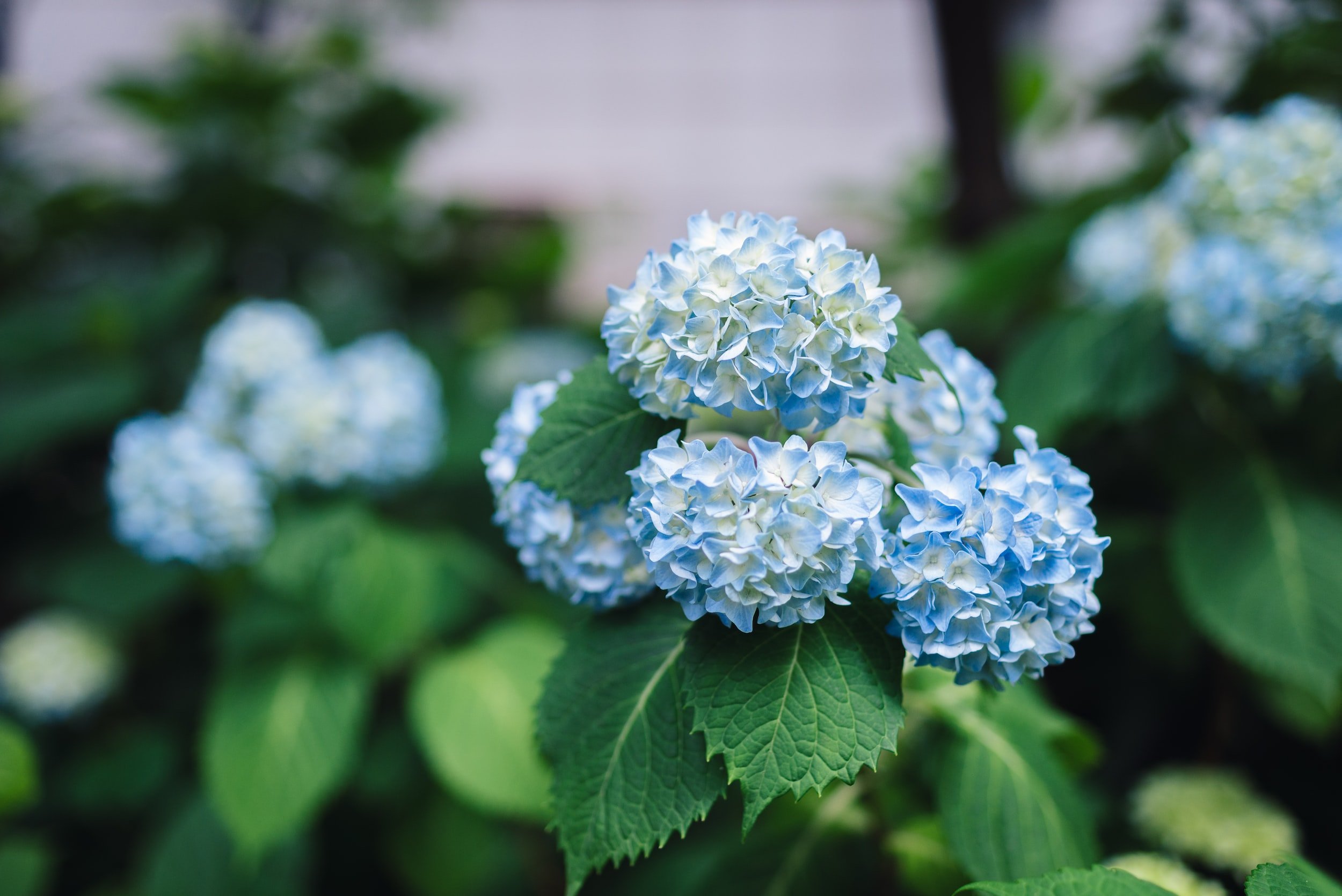Some Ideas on Hydrangea Leaves Turning Yellow You Should Know
Some Ideas on Hydrangea Leaves Turning Yellow You Should Know
Blog Article
Our Hydrangea Leaves Turning Yellow Ideas
Table of ContentsWhat Does Hydrangea Leaves Turning Yellow Do?See This Report about Hydrangea Leaves Turning YellowHydrangea Leaves Turning Yellow - The FactsAbout Hydrangea Leaves Turning Yellow
Hydrangea plants are known for their beautiful flowers, however in some cases their fallen leaves can turn yellow. This is generally a sign that something is wrong and the plant requires your assistance. There are numerous possible reasons for yellow fallen leaves on Hydrangeas, and thankfully a lot of them are very easy to take care of. Right here we'll cover the most common root causes of Hydrangea leaves turning yellow and exactly how to repair them.Hydrangea leaves transforming yellow can be a reason for concern. There are several reasons Hydrangea leaves turn yellow, and the majority of them are simple to fix. Let's look at one of the most typical factors why Hydrangea leaves turn yellow and just how to fix them. Hydrangea leaves commonly turn yellow when the plant is overwatered.
When the origins of a plant are submerged in water for extended periods, they begin to suffocate and rot. This process cuts off the roots' oxygen supply, creating the leaves to turn yellow and at some point pass away. Overwatering can likewise result in other troubles such as fallen leave decline, root damage, and fungal development.
If you believe your Hydrangea is overwatered, the most effective service is to allow the dirt dry out entirely before sprinkling once again. It's additionally a good idea to examine the drainage of your pot or garden bed and ensure that water is not pooling around the plant's roots. Hydrangea plants require well-drained dirt to grow.
Getting The Hydrangea Leaves Turning Yellow To Work
Hydrangea leaves can likewise transform yellow if the plant is not obtaining adequate water. This happens when the plant does not obtain sufficient water, and the dirt starts to dry out.
This is called "fertilizer melt," It takes place when the plant's roots are subjected to too much plant food. The origins can not soak up every one of the nutrients and come to be harmed. This damages creates the leaves to turn yellow and eventually pass away. Various other indications of plant food melt consist of brownish or yellow leaves, wilting, and stunted growth.
This will certainly help eliminate any type of excess plant food from the roots of the plant. It's also an excellent idea to minimize the quantity of fertilizer you are utilizing.
Hydrangea Leaves Turning Yellow - Truths

If your Hydrangea is plagued with parasites, treating the plant with neem or horticultural oil is the finest service. It's likewise great to get rid of any afflicted fallen leaves from the plant. You can do this by hand or with a pair of pruning shears. It's also an excellent concept to inspect the plant frequently for insects and remove them as quickly as you see them.
To stay clear of spreading out the illness, guarantee to sanitize your scissors prior to cutting any leaves off. Hydrangea leaves can likewise turn yellow if the temperature stresses the plant. This typically happens when the plant is exposed to severe cold or warm. The leaves of the plant will turn yellow and begin to hand over.
If the temperature level worries your Hydrangea, you need to relocate the plant to a place where it will be protected from the severe chilly or warm. You can also attempt to supply the plant with some partial color if exposed to route sunshine. You can also try adding mulch around the plant base to help control the temperature.
Hydrangea Leaves Turning Yellow Fundamentals Explained
When the plant's roots are submerged in water for as well long, they start to rot. One of the most common root rot signs and symptoms is yellowing leaves, as the fungus prevents the origins from taking in nutrients from the soil.
Examine the origins of your Hydrangea if it has origin rot. If some healthy origins are left, you can attempt to conserve the plant by replanting it in a new pot with fresh soil.
Water the plant meticulously, making certain not to overwater it. If your Hydrangea is heavily affected by origin rot, beginning with a new plant is best. Natural causes can likewise cause yellow hydrangea leaves. The most usual reason is the plant's age. As Hydrangeas age, their fallen leaves will slowly transform yellow and brown before dropping off the plant.
You can help the plant by guaranteeing it is getting sufficient water and nutrients. You can additionally mulch around the plant base to assist it maintain moisture. There are several reasons hydrangea leaves might transform click for info yellow and drop off. Hydrangea Leaves Turning Yellow. One possibility is that the plant is not obtaining enough water.
Report this page